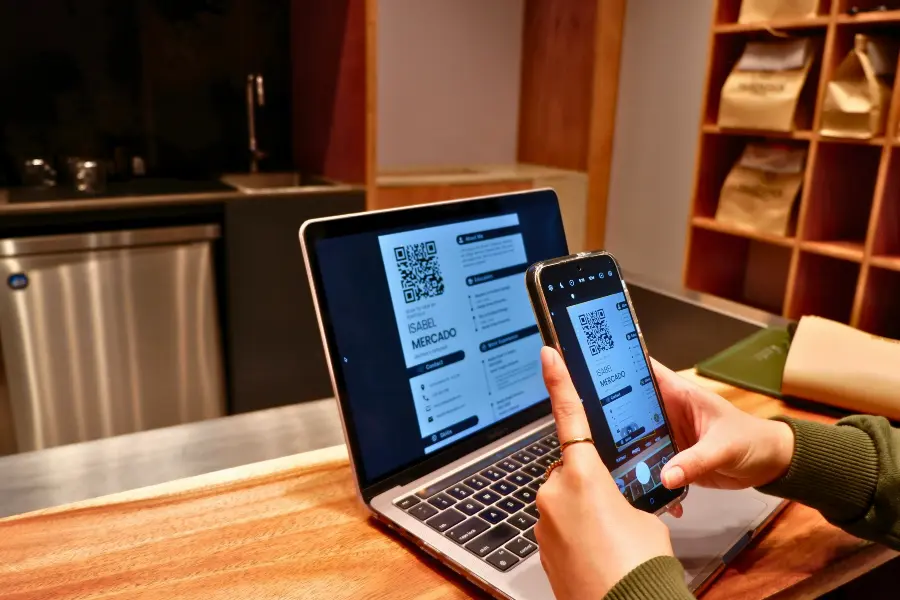QR Codes in Personalization: Tailoring Experiences for Users
Published on

Beyond One-Size-Fits-All: The Dawn of the Smart QR Code
For a long time, a QR code was a simple, static gateway: one code led to one destination for every single person who scanned it. But the future of effective marketing lies in personalization. The most powerful customer experiences are the ones that feel relevant, timely, and tailored to the individual. This is where the next evolution of QR codes comes in. Using personalized QR codes, specifically advanced dynamic codes, allows marketers to deliver different experiences to different users, all from a single, printed code.
This is about transforming the QR code from a simple signpost into an intelligent, context-aware tool. This guide will explore the exciting possibilities of personalization and how it’s changing the way brands interact with their audience.
How Can a Single QR Code Lead to Different Places?
The magic behind this personalization lies in the technology of Dynamic QR Codes. As a reminder, a dynamic code contains a short URL that redirects to a final destination. This redirection is controlled by a server, and that server can be programmed with rules. Before it sends the user to the final page, the server can check for certain information about the user or the scan, and then change the destination accordingly.
While QRDesigner.com focuses on creating the best possible static QR codes for free, understanding these advanced dynamic capabilities is key to knowing the full potential of the technology.
1. Time-Based Personalization
A QR code can be programmed to change its destination based on the time or day it is scanned. This is incredibly useful for businesses with time-sensitive offers.
- Restaurant Menus: This is a classic example. A single QR code on a table can link to the breakfast menu from 7 AM to 11 AM, the lunch menu from 11 AM to 4 PM, and the dinner menu in the evening.
- Retail Promotions: A QR code in a store window could link to a "Morning Madness" sale before noon and a "Happy Hour" discount in the late afternoon.
- Event Schedules: A code could link to the current session happening "right now" at a conference.
2. Location-Based Personalization
A dynamic code can detect the geographic location of the user who is scanning it and change the content based on their country, state, or even city.
- Global Brands: A brand can use one universal QR code on its global product packaging. When a customer scans it in the USA, they are taken to the US website in English. When another customer scans the same code in Germany, they are automatically redirected to the German website in German.
- Regional Promotions: A national chain can run different promotions in different cities, all using the same QR code in their national advertising.
3. Device-Based Personalization
This is one of the most common forms of personalized QR codes. The code can detect the user's device operating system and send them to the appropriate destination.
- App Downloads: This is the killer app for this feature. A single QR code for an app download can automatically send iPhone users to the Apple App Store and Android users to the Google Play Store.
- Optimized Experiences: A code could send tablet users to a rich, wide-format landing page and smartphone users to a more concise, vertically-oriented page.
4. Multi-Scan Personalization (Scan Count)
A dynamic QR code can keep track of how many times a single user (or device) has scanned it and change the experience accordingly. This is great for creating a customer journey.
- First Scan: The user is taken to a "Welcome!" page with an introductory offer.
- Second Scan: The user is taken to a "Welcome Back!" page with a different offer or a request for feedback.
- Third Scan: The user could be directed to a loyalty program sign-up page.
The Ultimate Personalization: Personalized URLs (PURLs)
For highly targeted direct mail campaigns, you can create a unique QR code for each individual recipient. Each code would link to a Personalized URL (PURL), such as `YourSite.com/John.Smith`. This landing page can be pre-populated with the recipient's name and other known information, creating a truly one-to-one marketing experience that has incredibly high conversion rates.
Conclusion: The Era of the Smart QR Code
The use of personalized QR codes marks a significant shift from one-to-many communication to one-to-one interaction. It allows brands to deliver more relevant, timely, and valuable experiences that respect the user's context. By a_dapting the destination based on factors like time, location, and device, the QR code becomes an intelligent tool that can dramatically improve marketing effectiveness and customer satisfaction.
While the most advanced personalization requires a sophisticated dynamic QR code platform, the principle remains the same: the future of customer engagement is about being relevant. The QR code is simply evolving to become one of the best tools to deliver that relevance.
